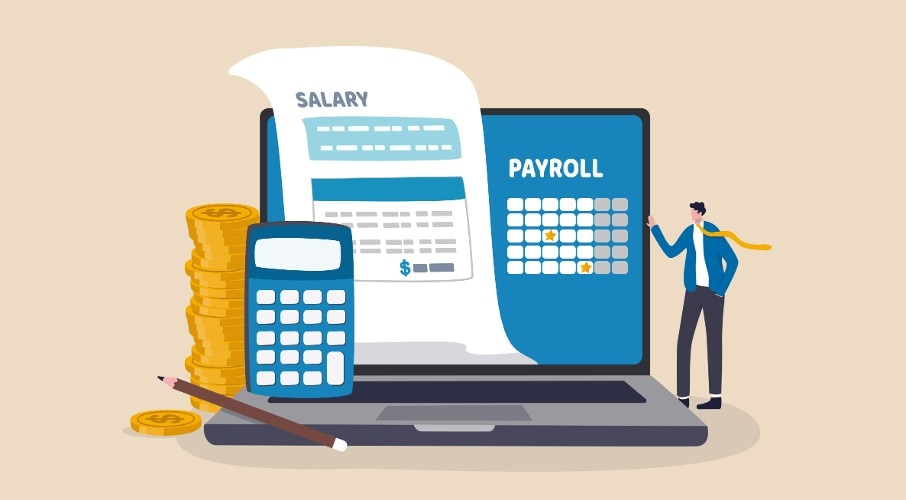How to run a payroll reconciliation
Research from SCORE found that over half of small business owners spend more than three hours on payroll each month—but payroll reconciliation doesn’t have to be time-consuming.
Here’s how to streamline the process in six easy steps:
Step 1: Check the payroll register
Your payroll register is your starting point. It contains key employee details and pay information for the current period, including:
- Name, date of birth and tax file number
- Hours worked and pay rate
- PAYG withholding and other pay deductions
- Gross and net pay
- Overtime, bonuses and allowances
Confirm all data is current, especially if you’ve added new staff or adjusted rates. Then double-check that gross pay equals hours worked multiplied by the pay rate, and move onto the next step.
Step 2: Check and confirm timesheets
Next, review each employee’s timesheet and verify the hours match your payroll register. You should also confirm that leave and entitlements are accurately recorded, including:
- Annual leave and public holidays
- Paid and unpaid leave
- Overtime and shift penalties
- Sick or carer’s leave
Using digital time-tracking tools in QuickBooks Payroll makes this step much faster.
Step 3: Review pay rates and salaries
Confirm that all pay rates reflect the latest agreements, awards, and raises. Check:
- Current hourly rates or salaries
- Overtime rates
- Commission or allowances
Outdated pay rates are a leading cause of payroll errors. Keep them up to date to avoid underpayment issues and ensure compliance with Fair Work guidelines.
Step 4: Confirm any pay deductions
Review all deductions to make sure they’re accurate and up-to-date. Common deductions include:
- PAYG tax and PAYG contributions
- Voluntary or employee-requested super contributions
- Union fees, professional memberships, or wage garnishments
Confirm each deduction separately, not as a lump sum. You can check amounts using the ATO’s tax withheld calculator.
Step 5: Record payroll in the general ledger
Once your payroll data is verified, record it in your general ledger (also known as your books). Include:
- Wages and salaries (debit)
- Deductions, super, and PAYG (credit)
- Employer liabilities
Using QuickBooks Payroll or QuickBooks Online Advanced helps mid-sized businesses automate ledger entries and reduce human error.
Step 6: Submit payroll
Finally, issue pay slips and transfer employee pay on payday. Don’t forget to submit:
- PAYG withholdings through the ATO
- Employer super through your clearing house
- STP reports via your payroll software
Learn how to set up payroll correctly from the start.



















